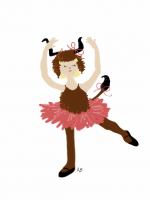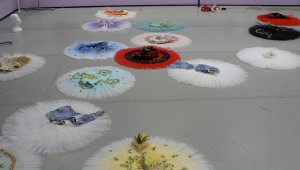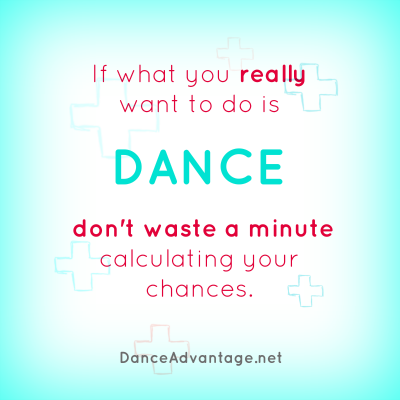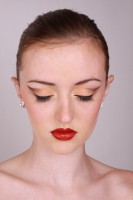The multi-talented Adult Beginner pays us a visit again. AB is …umm… a ballet beginner who began as an adult, hence bypassing the costume chaos that most studio teachers, parents, and students associate with this time of year. However, as a professional costumey smarty-pants, I thought she’d have some super smart costume altering advice to share with us… I wasn’t disappointed and I don’t think you will be either!
Performing
My First-Time YAGP Experience
Alison thought the Youth America Grand Prix ballet competition was only for dancers who were one step shy of becoming a professional, not for girls like herself who were serious about training, but with so much left to learn. Little did she know she was about to experience YAGP firsthand and share the preparation, expectations, and emotions of the event with you.
Give The Gift Of Dance In Your Community
Before your big performance day (and after), add some informal performances to your schedule. Not only is it good practice and experience for your students, it’s great advertising, and most importantly, a wonderful gift to the community. Stacey suggests ways to encourage parent involvement and how to make the most of your outreach come recital time.
Working With A Music Editor
Jason Marquette returns with more tips as you prepare music for recitals and competition. This time he helps you save time, money, and frustration when hiring someone to edit your music.
But What I Really Want To Do Is Dance!
I cannot possibly advise if you’ll “make it” as a professional dancer. Even your teachers may not be able to advise you. Naysayers are a frequent catalyst and have launched many a career in dance. Only YOU can make the decision and YOU are the only person that is responsible and can be held accountable for the outcome.
How-to: Ballet Eye Makeup Made Easy
ballet dancer’s makeup should accentuate and enhance the NATURAL three dimensional shape of the eye. This allows the audience to follow the ballerina’s gaze. As her eyes and head follow through each position of her dance the audience needs to know if her eyes are open, closed, looking in a certain direction or at a specific character.







